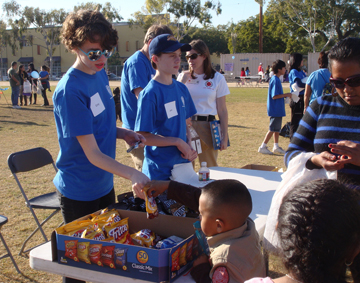 By Camille Houphouët-Boigny
By Camille Houphouët-Boigny
More than 630 people attended the first annual Winter Festival at William Jefferson Clinton Middle School in South Los Angeles on Saturday, December 10.
“This event is great for our students, excellent for the parents; it is a good school but we needed this for our kids, they were a little lost, bored, so having this event makes them have fun, that’s why there are so many kids,” said Anitra Thrower, a full-time worker at Clinton.
The Winter Festival was a community resource fair sponsored by Warner Brothers Home Entertainment and City Year, a non-profit organization working to combat high school drop outs by working as tutors and mentors at elementary and middle schools in the L.A. area. The festival was organized with the objective of providing services to the community.
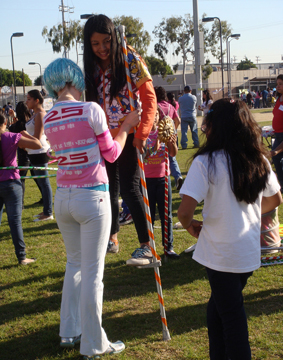 “It is very scary to see what’s happening in public schools in California; I and my company want to make as much of a positive impact as we possibly can,” said Kevin Tsujihara, President of Warner Brothers Home Entertainment.
“It is very scary to see what’s happening in public schools in California; I and my company want to make as much of a positive impact as we possibly can,” said Kevin Tsujihara, President of Warner Brothers Home Entertainment.
During the four-hour event, Kid DJ, a 15-year-old DJ mixed some music, the Clinton Middle School’s Advanced Band and Glee Club performed and Warner Brothers sponsored a dance party. Forty-two booths were installed in the courtyard; some of them were community-based organizations, others had food and beverages, and about eight game booths were available for the children. And the best part: everything was free.
“What’s special about it is that it’s trying to bring the community inside the school to give them access to community-based organizations and resources they may not otherwise know about or have access to,” said Principal Sissi O’Reilly. “We hope that we can do this every year.”









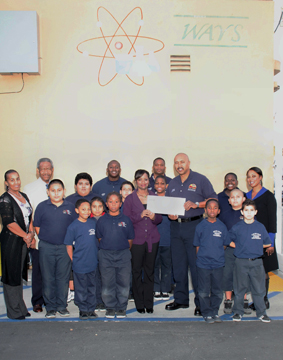 Los Angeles, Calif. — Verizon awards a $24,900 grant to the Junior Firefighter Youth Foundation (“Foundation”) for its signature Junior Fire Cadet Program (“Program”) enabling the Foundation to include a domestic violence prevention training component. The grant presentation took place on Friday, December 9 at the site of the training – Wisdom Academy for Young Scientists at 706 E. Manchester Blvd. in South Los Angeles.
Los Angeles, Calif. — Verizon awards a $24,900 grant to the Junior Firefighter Youth Foundation (“Foundation”) for its signature Junior Fire Cadet Program (“Program”) enabling the Foundation to include a domestic violence prevention training component. The grant presentation took place on Friday, December 9 at the site of the training – Wisdom Academy for Young Scientists at 706 E. Manchester Blvd. in South Los Angeles.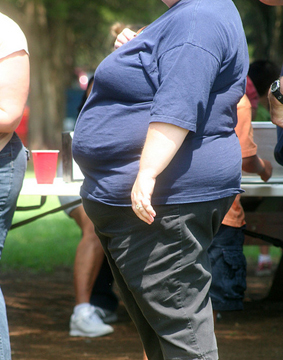 By Eddie North-Hager
By Eddie North-Hager
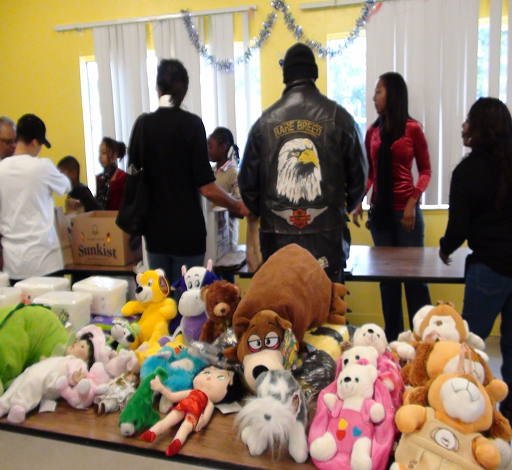
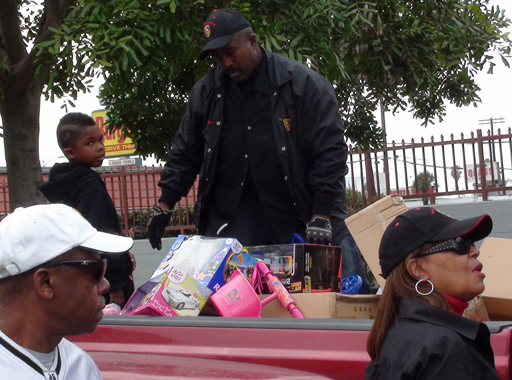
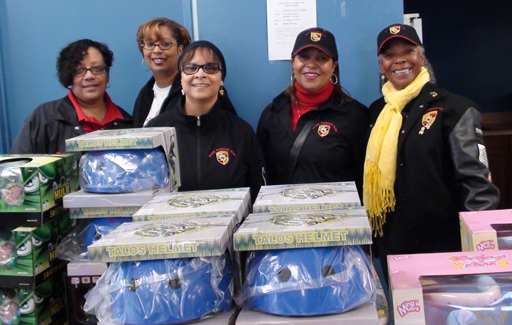
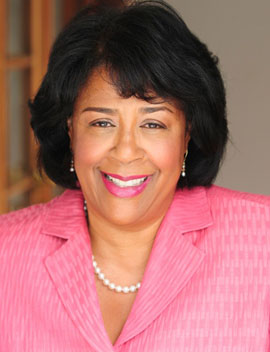 Councilwoman Jan Perry is scheduled to testify at the first public hearing of the City’s Redistricting Commission in District 9, which will be held tomorrow from 11 am to 2 pm at the Santee Educational Complex. The school is located at 1921 South Maple Avenue 90011.
Councilwoman Jan Perry is scheduled to testify at the first public hearing of the City’s Redistricting Commission in District 9, which will be held tomorrow from 11 am to 2 pm at the Santee Educational Complex. The school is located at 1921 South Maple Avenue 90011.
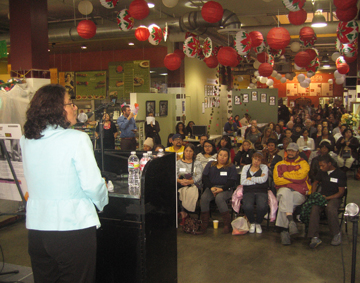 Over 100 people attended a forum addressing health and human rights inequities in South Los Angeles, at the Mercado La Paloma.
Over 100 people attended a forum addressing health and human rights inequities in South Los Angeles, at the Mercado La Paloma. 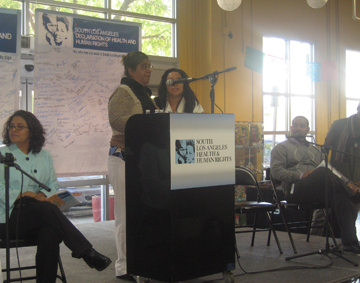 Many residents, some speaking in Spanish with English translators, addressed the audience to share their concerns and ask for help.
Many residents, some speaking in Spanish with English translators, addressed the audience to share their concerns and ask for help.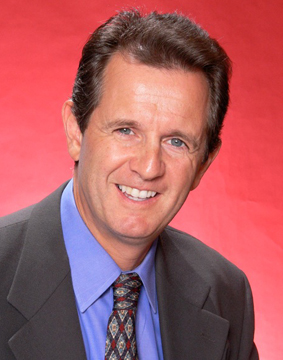 You know the neighbor who lives down the street who drives an old Honda, has a mountain of student loan debt, lives with roommates, and just got laid off as a second grade teacher at one of the schools in one of our most under-served communities? Well, before being laid off, that teacher was making bank.
You know the neighbor who lives down the street who drives an old Honda, has a mountain of student loan debt, lives with roommates, and just got laid off as a second grade teacher at one of the schools in one of our most under-served communities? Well, before being laid off, that teacher was making bank.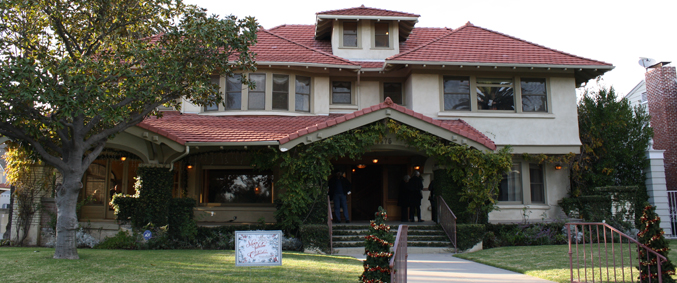
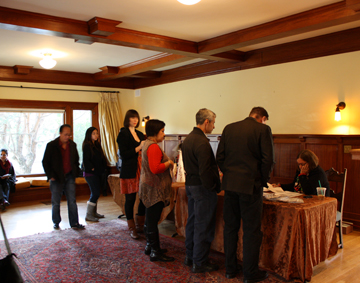 Later in the evening, groups gathered at the Welcome House for the start of the progressive dinner. Volunteers from WAHA led them through each course of the meal which was set up in a different house; from the Atomic-Age Appetizer House through the Salad and Dinner Houses, ending finally at a Spanish-style villa serving as the Dessert House.
Later in the evening, groups gathered at the Welcome House for the start of the progressive dinner. Volunteers from WAHA led them through each course of the meal which was set up in a different house; from the Atomic-Age Appetizer House through the Salad and Dinner Houses, ending finally at a Spanish-style villa serving as the Dessert House.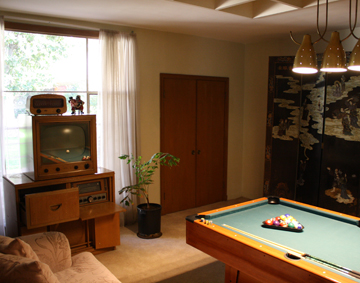 The Appetizer House is one example of this honesty. The swanky Atomic-Age residence is a Paul Williams design officially known as the Taylor Residence.
The Appetizer House is one example of this honesty. The swanky Atomic-Age residence is a Paul Williams design officially known as the Taylor Residence. 




